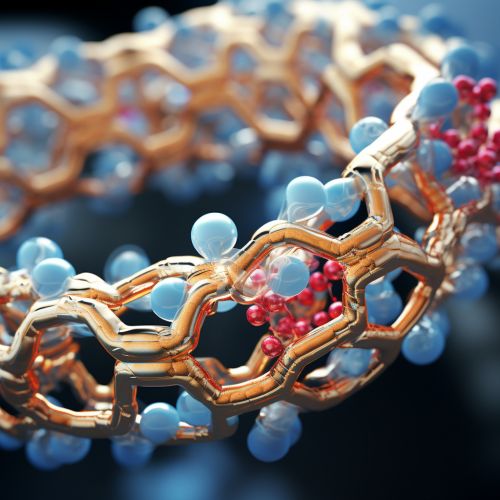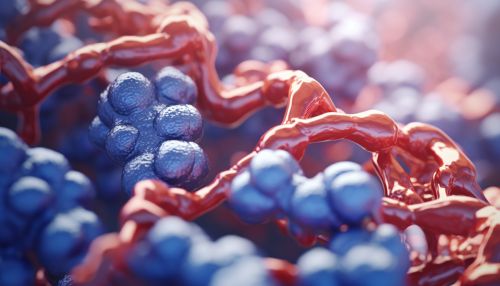Protein Homeostasis
Introduction
Protein homeostasis, or Proteostasis, is a biological process that maintains the balance of proteins within cells. This balance is crucial for cell function and health, as it ensures that proteins are correctly folded and functional, and that misfolded or damaged proteins are degraded and removed. Proteostasis involves a complex network of cellular pathways and processes, including protein synthesis, folding, trafficking, and degradation.
Protein Synthesis
Protein synthesis is the process by which cells produce new proteins. This process begins with the transcription of DNA into RNA, followed by the translation of RNA into amino acid chains. These chains then fold into specific three-dimensional structures to form functional proteins. The rate of protein synthesis is tightly regulated to match the cell's needs and environmental conditions.


Protein Folding
Protein folding is the process by which a protein acquires its functional, three-dimensional structure. This process is guided by the protein's amino acid sequence and is facilitated by a group of proteins known as chaperones. Chaperones assist in the folding process by preventing incorrect interactions and promoting the formation of the correct structure. Misfolded proteins can lead to a variety of diseases, including neurodegenerative diseases like Alzheimer's and Parkinson's.
Protein Trafficking
Once proteins are synthesized and correctly folded, they must be transported to their correct locations within or outside the cell, a process known as protein trafficking. This process is guided by signal sequences within the protein that direct it to its destination. Protein trafficking is crucial for the proper functioning of the cell, as proteins must be in the right place at the right time to perform their functions.
Protein Degradation
Proteins that are damaged, misfolded, or no longer needed are degraded by the cell in a process known as protein degradation. This process involves several cellular pathways, including the ubiquitin-proteasome system and autophagy. Protein degradation is essential for maintaining protein homeostasis, as it removes potentially harmful proteins and allows the cell to recycle the amino acids for new protein synthesis.
Regulation of Protein Homeostasis
The regulation of protein homeostasis involves a complex network of cellular pathways and processes. This network is sensitive to changes in the cell's environment and can adjust the rates of protein synthesis, folding, trafficking, and degradation in response to these changes. Dysregulation of protein homeostasis can lead to a variety of diseases, including cancer, neurodegenerative diseases, and aging-related disorders.
Diseases Associated with Protein Homeostasis
Disruptions in protein homeostasis can lead to the accumulation of misfolded or damaged proteins, which can interfere with cell function and lead to disease. For example, neurodegenerative diseases like Alzheimer's and Parkinson's are characterized by the accumulation of misfolded proteins in the brain. Similarly, certain types of cancer are associated with disruptions in protein homeostasis.
Conclusion
Protein homeostasis is a crucial aspect of cell function and health. The complex network of cellular pathways and processes involved in maintaining protein homeostasis ensures that proteins are correctly synthesized, folded, trafficked, and degraded. Disruptions in this network can lead to a variety of diseases, highlighting the importance of protein homeostasis in human health.
